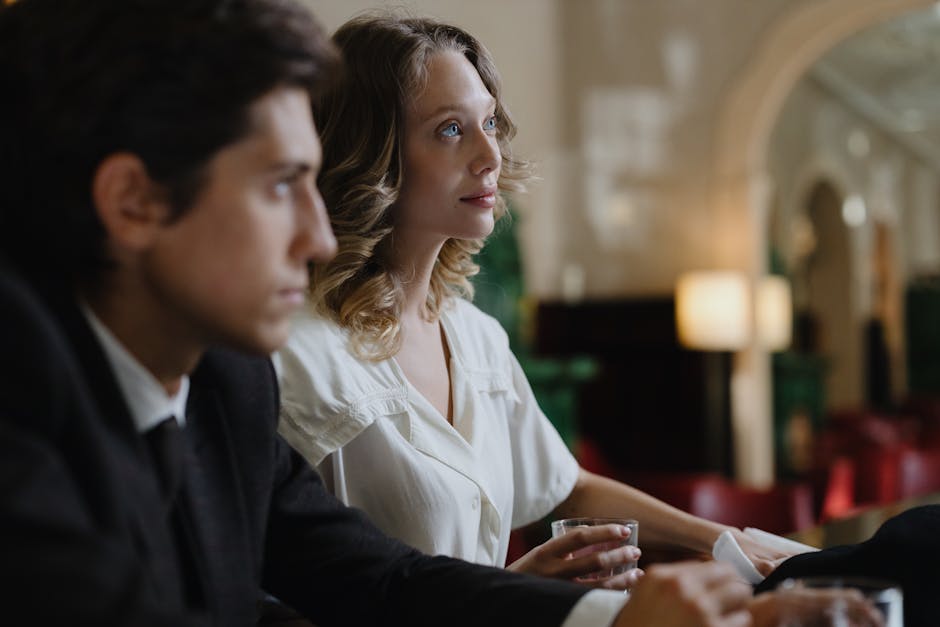Mastering Bar Anticipation: Techniques, Strategies, and the Psychology of Success
In the fast-paced world of bartending, anticipation isn’t just a desirable skill; it’s a necessity. It’s the difference between a smoothly flowing service and a chaotic, stressful experience for both the bartender and the customer. Bar anticipation, the ability to predict customer needs and proactively address them before they’re explicitly stated, is the hallmark of a truly exceptional bartender. This article will delve into the various aspects of mastering this crucial skill, exploring techniques, strategies, and the underlying psychology that drives successful anticipation.
Understanding the Fundamentals of Bar Anticipation
At its core, bar anticipation relies on keen observation and a thorough understanding of customer behavior. It’s not about mind-reading; it’s about recognizing patterns and subtle cues. A skilled bartender learns to anticipate needs by observing body language, reading menus, and understanding the flow of the establishment. This requires a combination of innate intuition and learned techniques.
Observational Skills: The Foundation of Anticipation
Effective observation is the cornerstone of bar anticipation. This involves paying close attention to several key factors:
- Body Language: Notice customers who are looking around, finishing drinks, or making eye contact. These are strong indicators of readiness for another drink or perhaps a menu browse.
- Drink Consumption Rate: Observe the speed at which customers are consuming their beverages. A quick drinker might need a refill sooner than a more leisurely one.
- Table Setting: A table with empty glasses and plates signals a potential need for service, while a full table suggests a need to clear space.
- Conversations: Listen to the conversations at the bar or tables to pick up on cues about potential orders. Someone mentioning a particular type of drink, for example, is a strong signal.
- Nonverbal Cues: Even small gestures, like reaching for a water glass or pointing towards a menu item, can provide valuable clues.
Menu Knowledge: A Strategic Advantage
A comprehensive understanding of the bar menu is essential for efficient anticipation. Knowing popular items, cocktail recipes, and ingredient availability allows you to quickly anticipate customer preferences and suggest appropriate options. Knowing potential pairings of drinks and appetizers is also crucial for offering a well-rounded experience.
Techniques for Enhancing Bar Anticipation
While observational skills are fundamental, several techniques can significantly enhance your ability to anticipate customer needs:
Proactive Service Strategies:
- Regular Rounds: Conduct frequent checks on tables and bar patrons, even if they don’t explicitly signal a need. This demonstrates attentiveness and prevents customers from having to wait.
- Pre-bussing: Remove empty glasses and plates promptly to create more space and signal readiness for additional orders.
- Suggestion Selling: Offer additional items or related products, such as appetizers to accompany drinks or dessert suggestions after a meal.
- Personalized Service: Remember regular customers’ preferences and offer suggestions based on their past orders. This fosters customer loyalty and demonstrates a high level of service.
- Strategic Positioning: Positioning yourself in the bar in a way that maximizes your view of all patrons allows you to monitor multiple customers simultaneously.
The Psychology of Bar Anticipation
Beyond the practical techniques, the psychology of anticipation plays a critical role. It involves understanding customer expectations and providing service that exceeds those expectations.

Creating a Positive Customer Experience:
Successful bar anticipation is about more than just getting orders right; it’s about fostering a positive and enjoyable experience for the customer. This includes aspects like:

- Speed of Service: Efficient anticipation minimizes wait times, leading to increased customer satisfaction.
- Personalization: Addressing customers by name, remembering preferences, and offering personalized suggestions create a feeling of being valued.
- Attentiveness: Showing attentiveness, even without actively serving, demonstrates care and professionalism.
- Proactiveness: Addressing needs before they’re expressed shows initiative and efficiency.
- Problem Solving: Quickly and efficiently addressing potential problems before they escalate shows professionalism and customer care.
Mastering Bar Anticipation: A Continuous Process
Mastering bar anticipation is not a skill that’s acquired overnight. It requires consistent practice, keen observation, and a dedication to providing excellent customer service. It’s a continuous learning process, involving reflecting on past experiences, identifying areas for improvement, and adapting techniques to fit the unique environment of your establishment.

Continuous Improvement Strategies:
- Seek Feedback: Actively solicit feedback from customers and colleagues to identify areas for improvement.
- Observe Experienced Bartenders: Watch and learn from experienced bartenders to observe their anticipation techniques.
- Practice Regularly: Consistent practice is essential to refine your observational skills and anticipate customer needs effectively.
- Stay Updated: Keep abreast of current trends and customer preferences to maintain your edge in anticipation.
- Self-Reflection: Regularly reflect on your performance to identify areas where you can improve your anticipation skills.
By mastering bar anticipation, bartenders can significantly elevate the customer experience, increase efficiency, and create a more enjoyable and profitable work environment. It’s a crucial skill for success in the fast-paced and demanding world of bartending.

